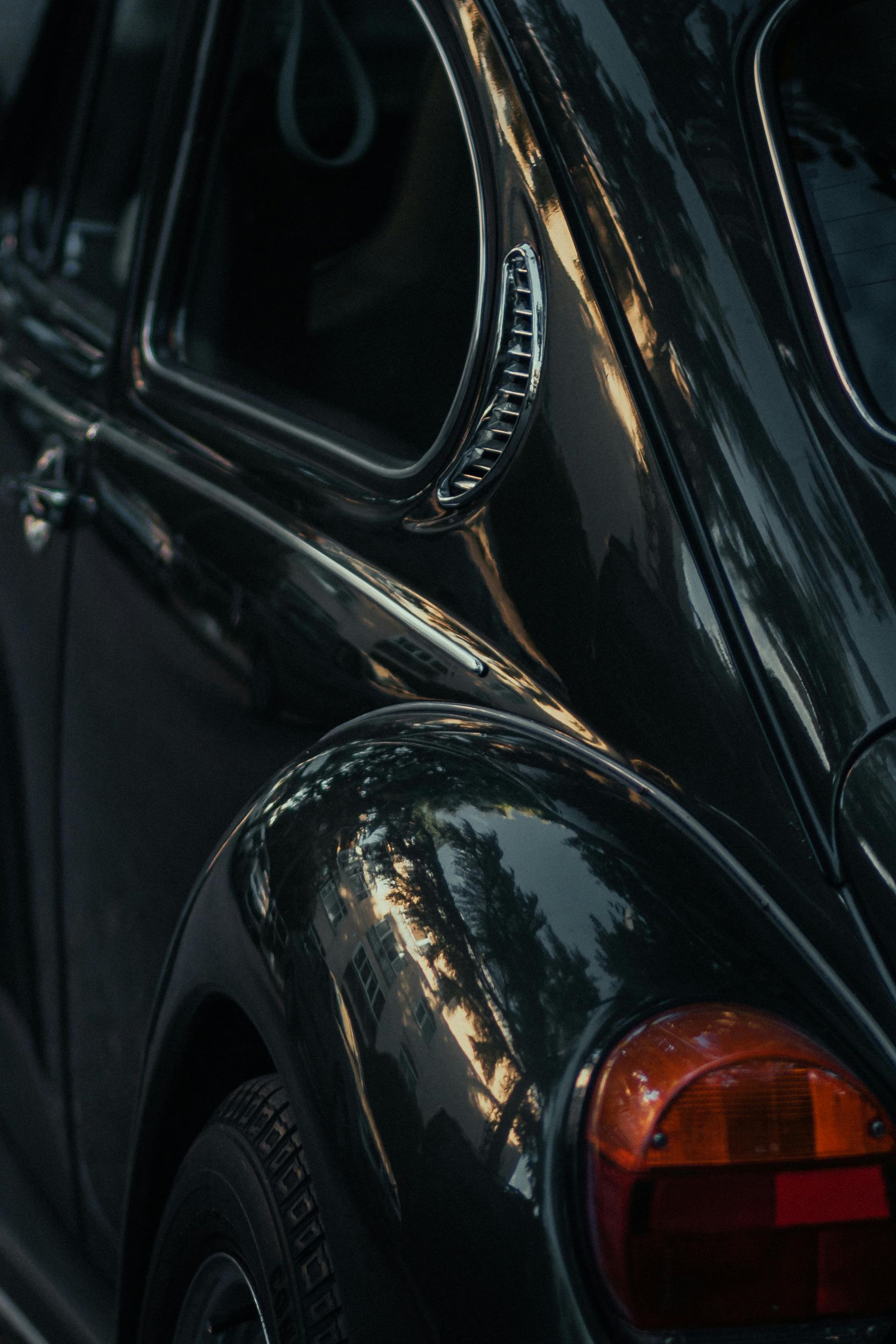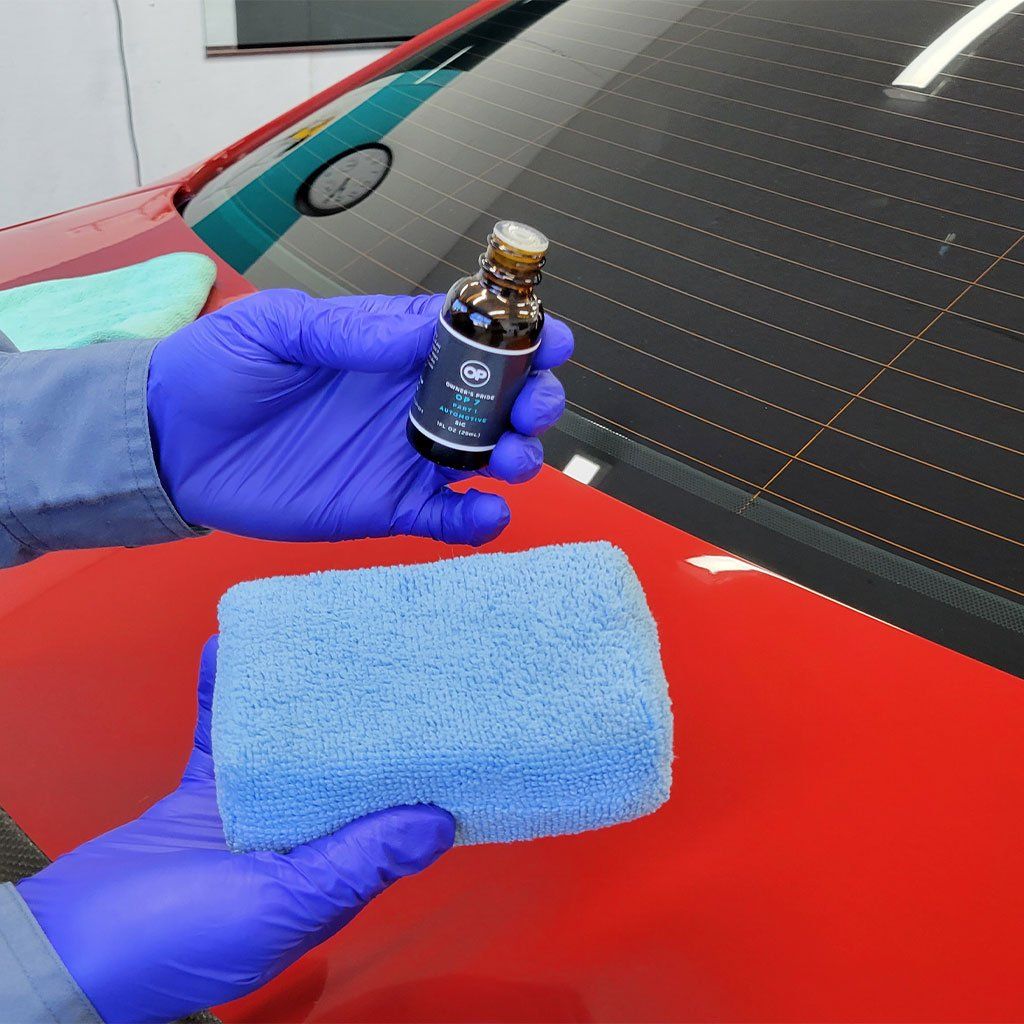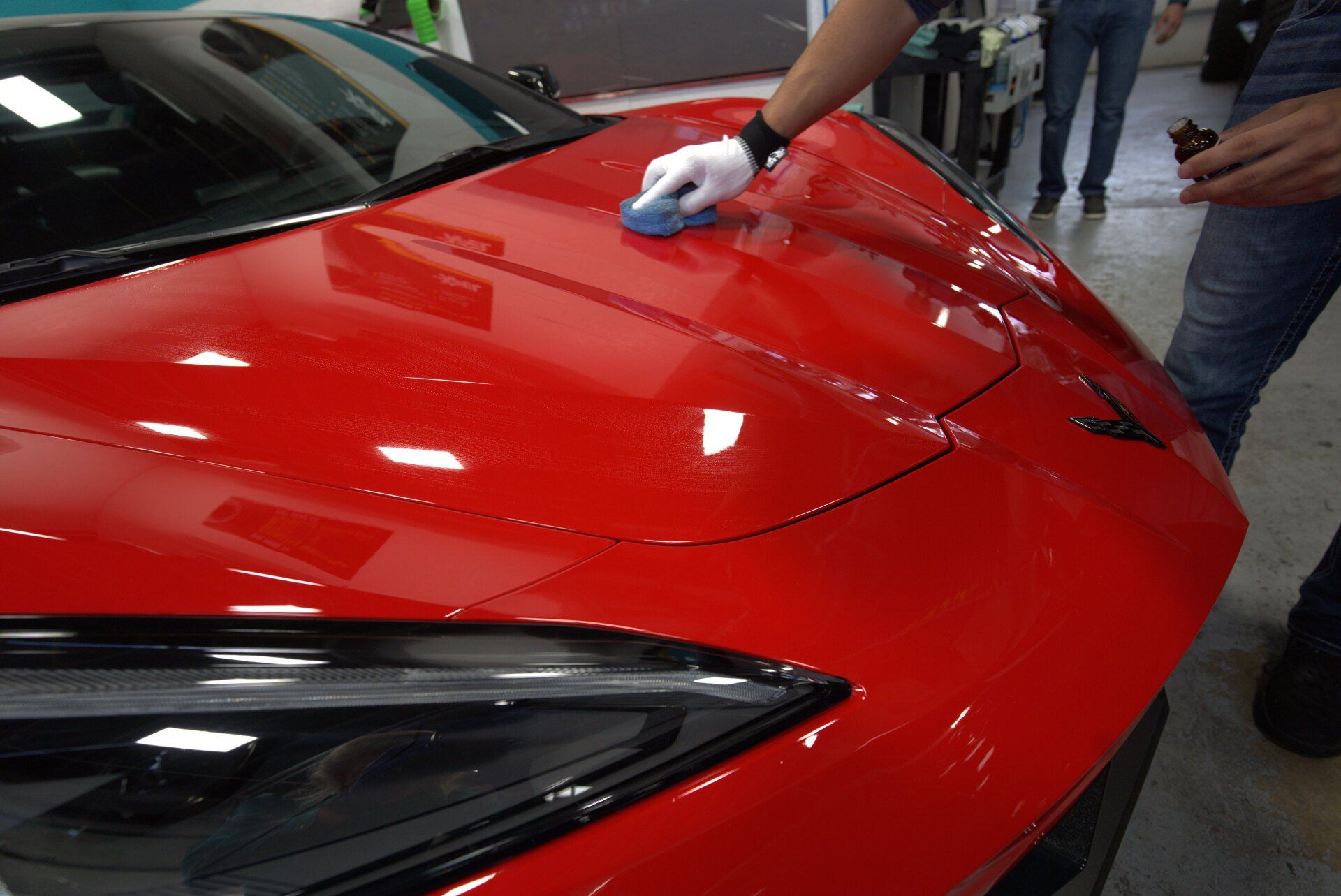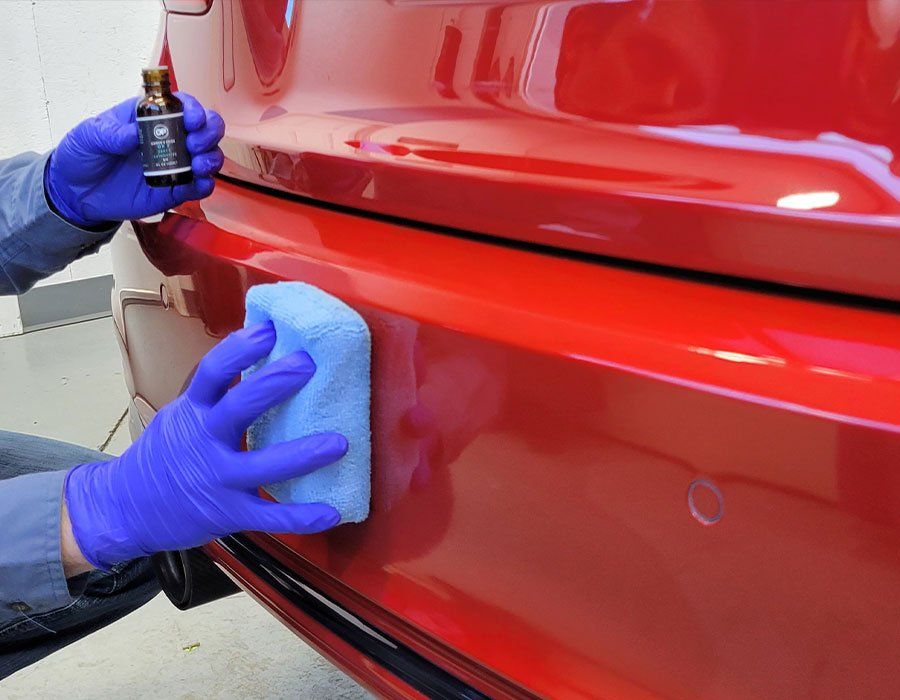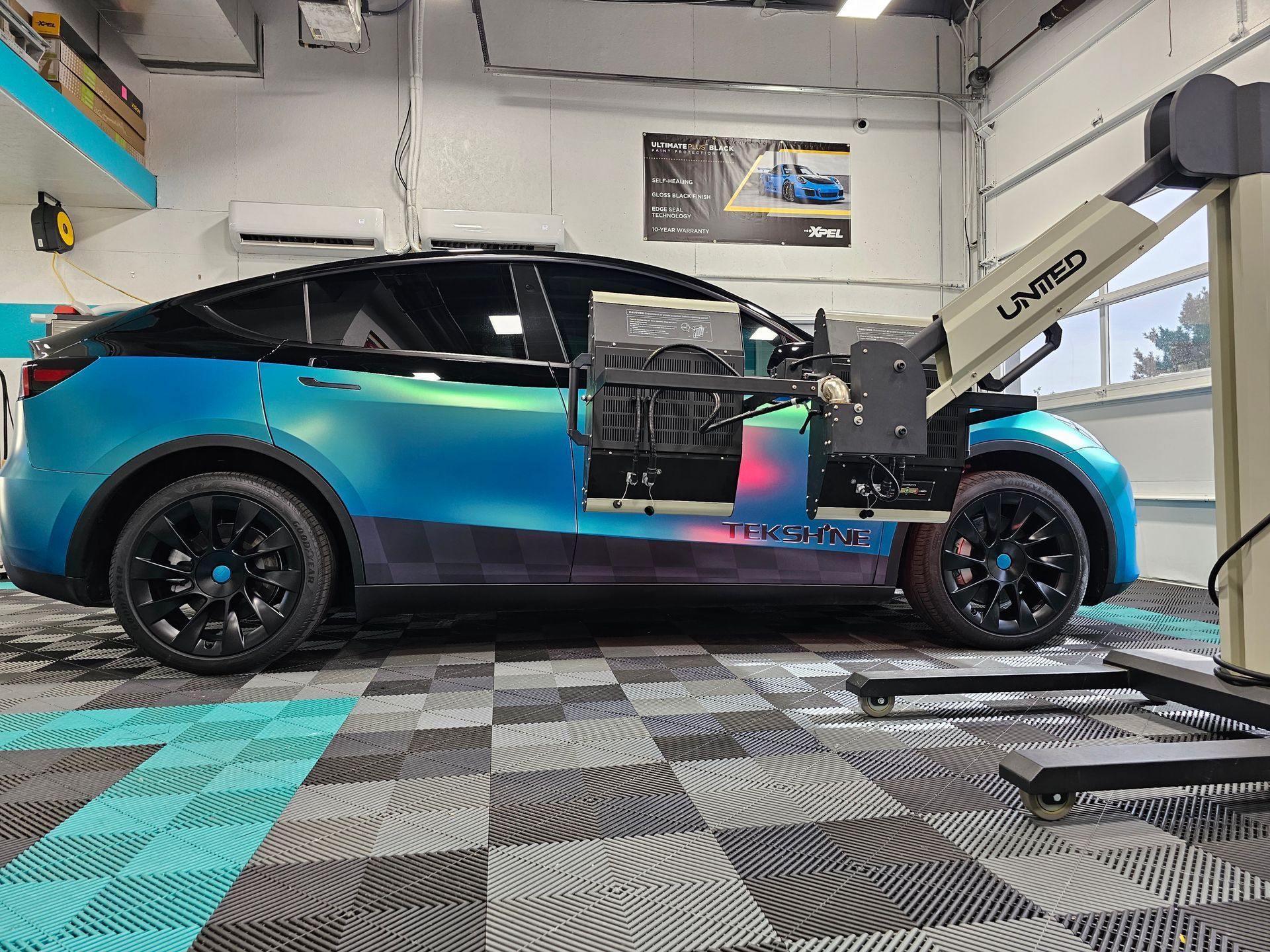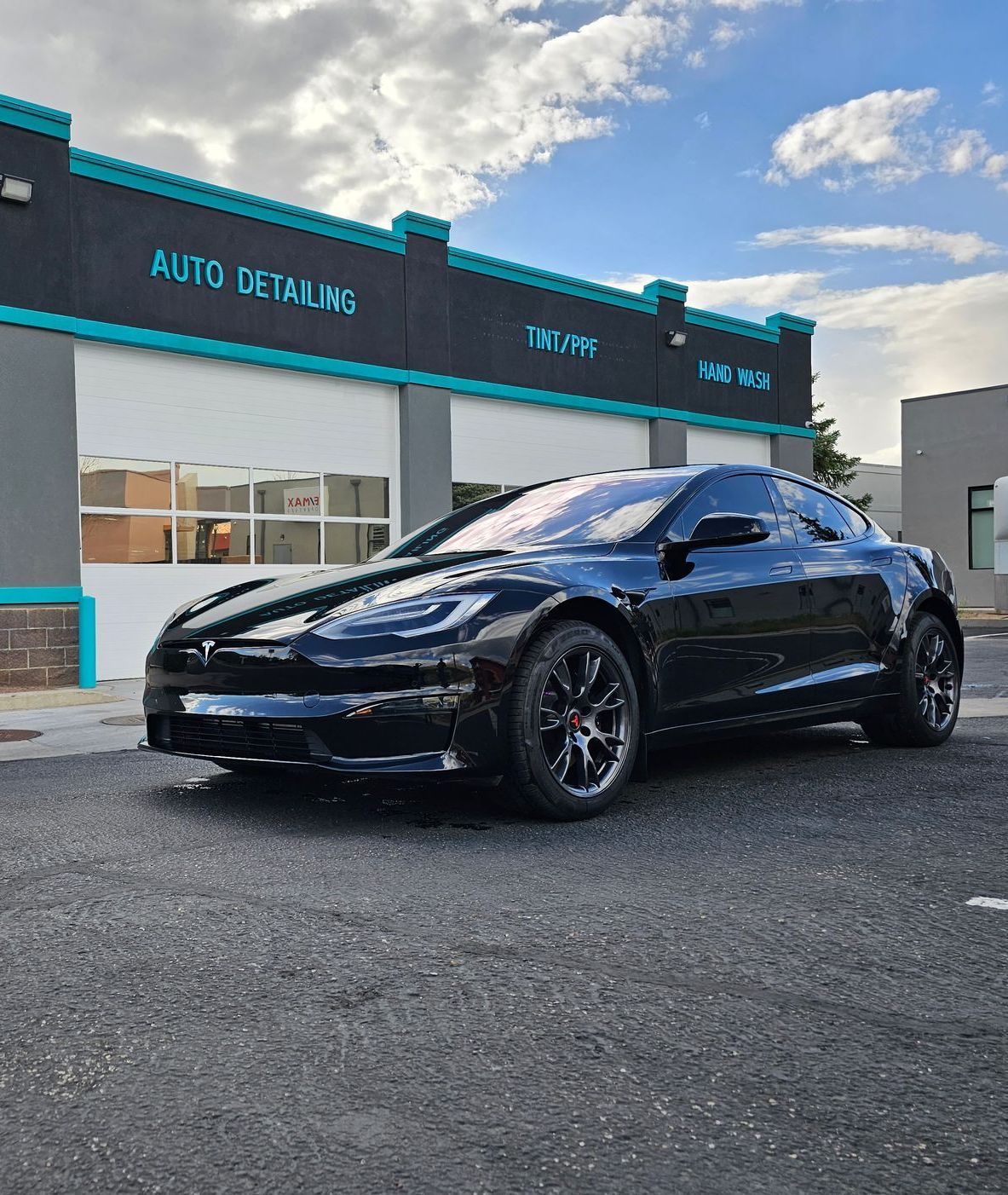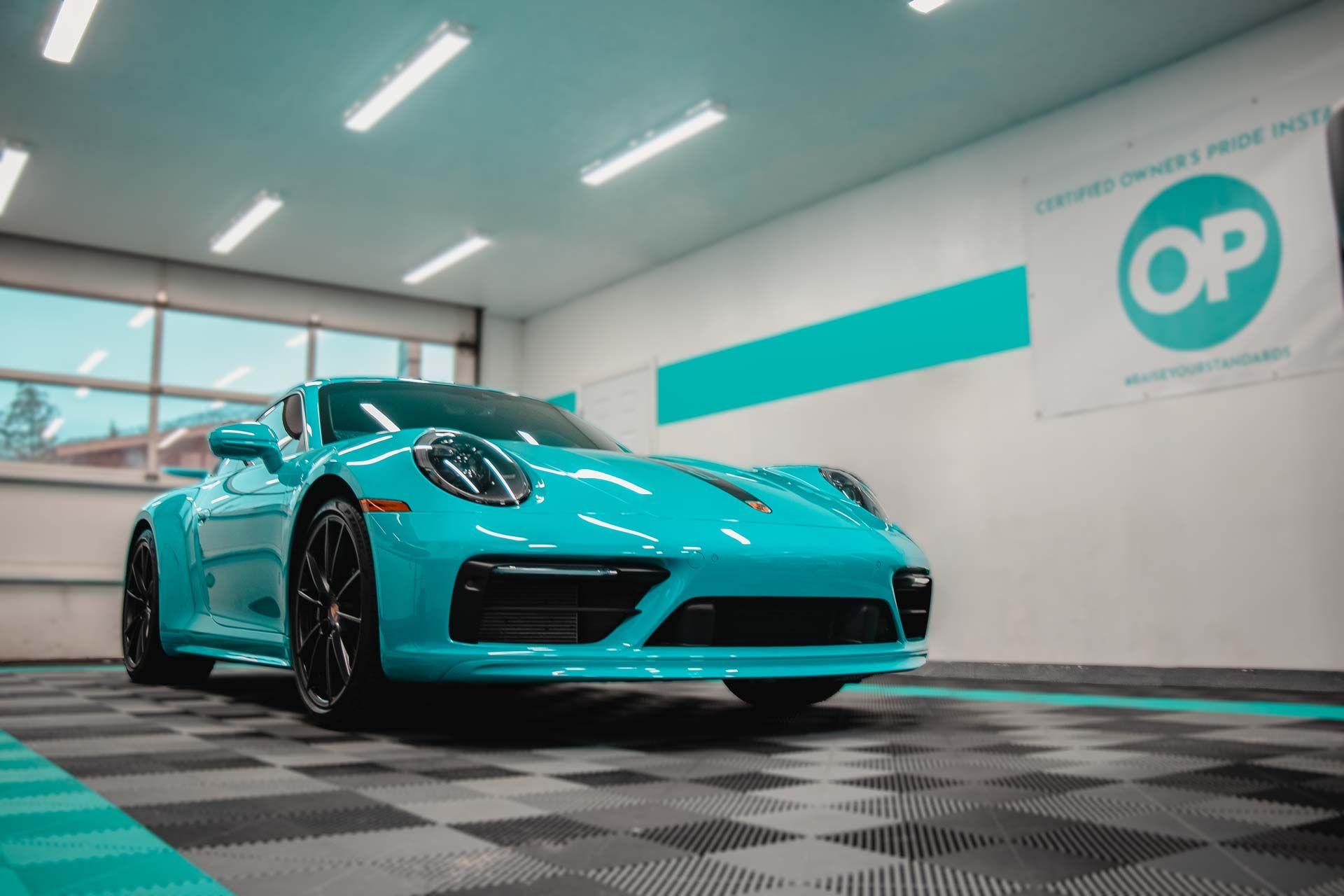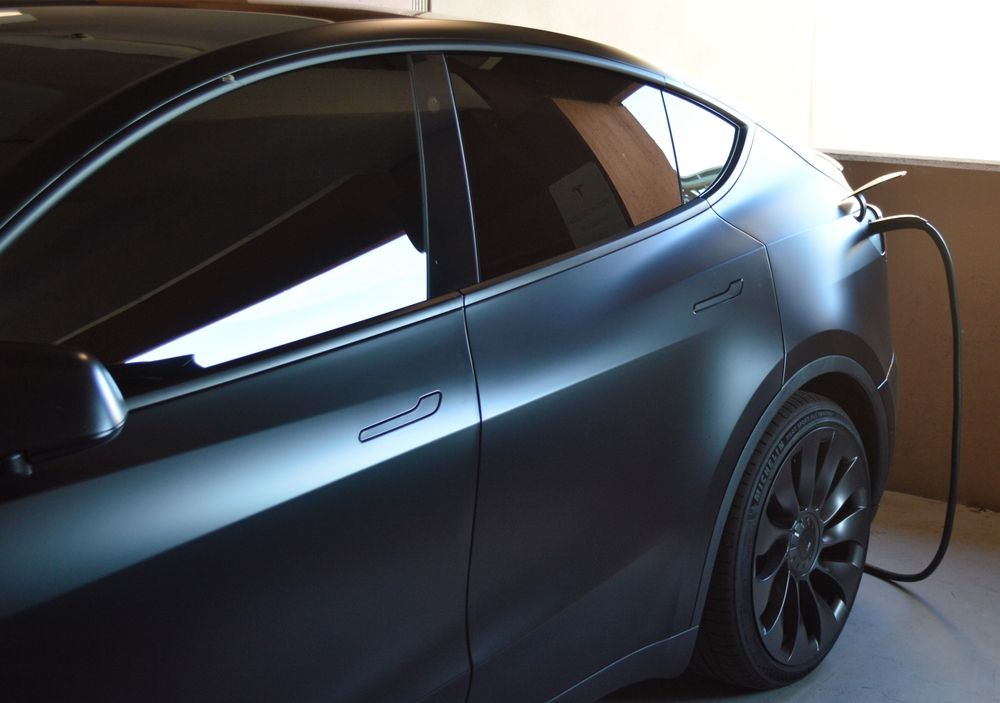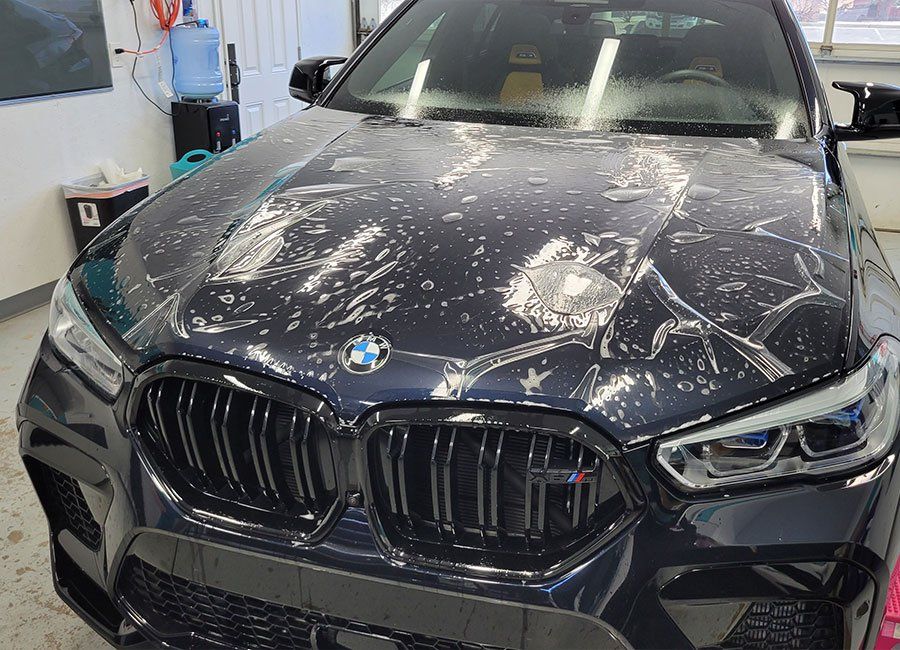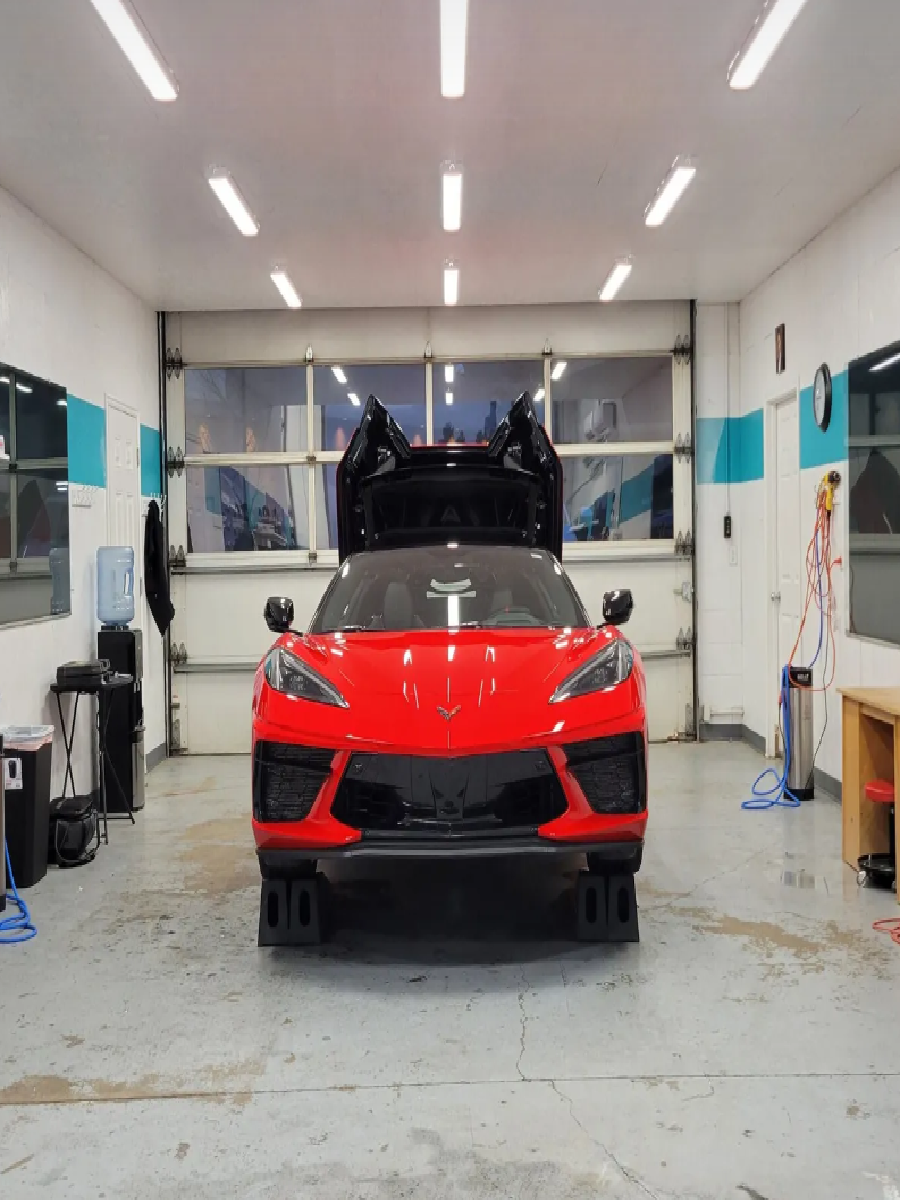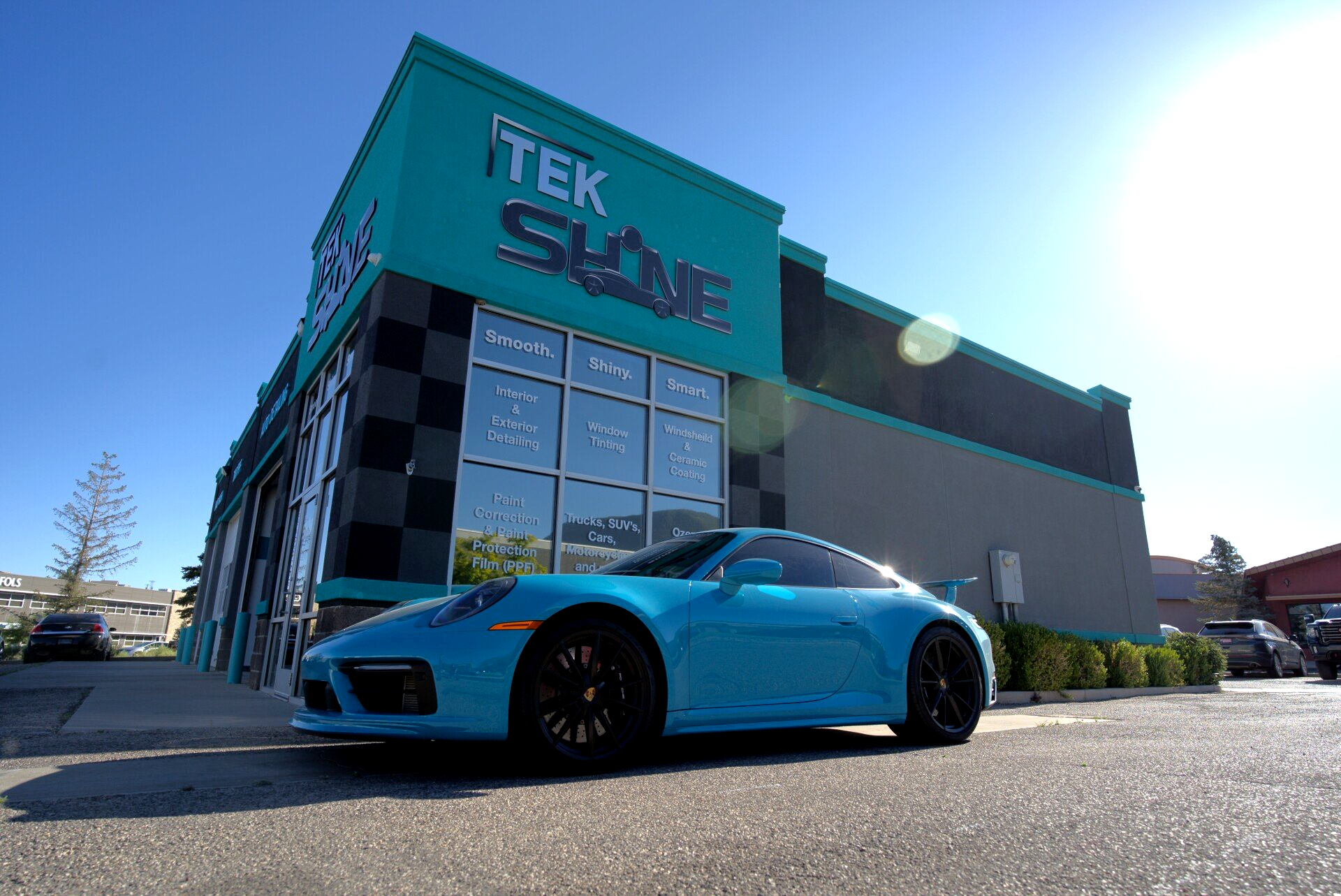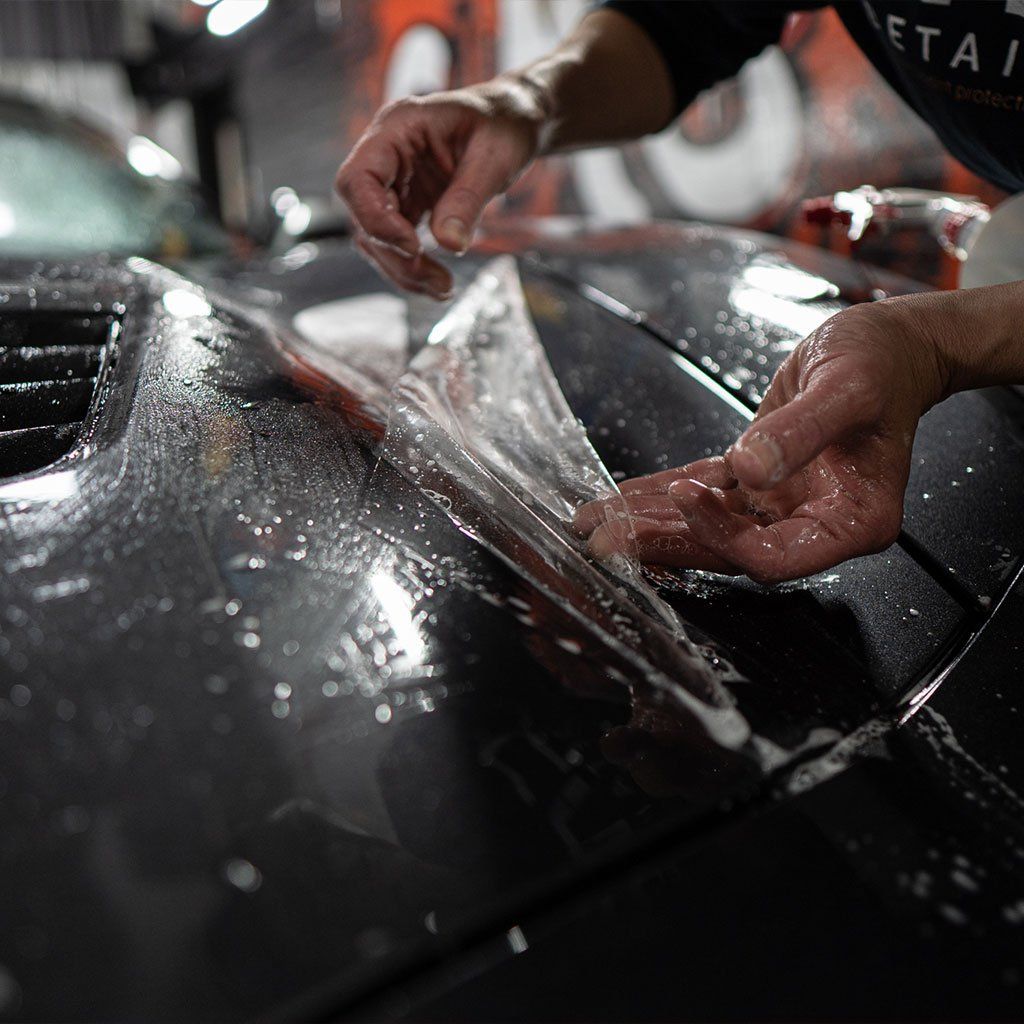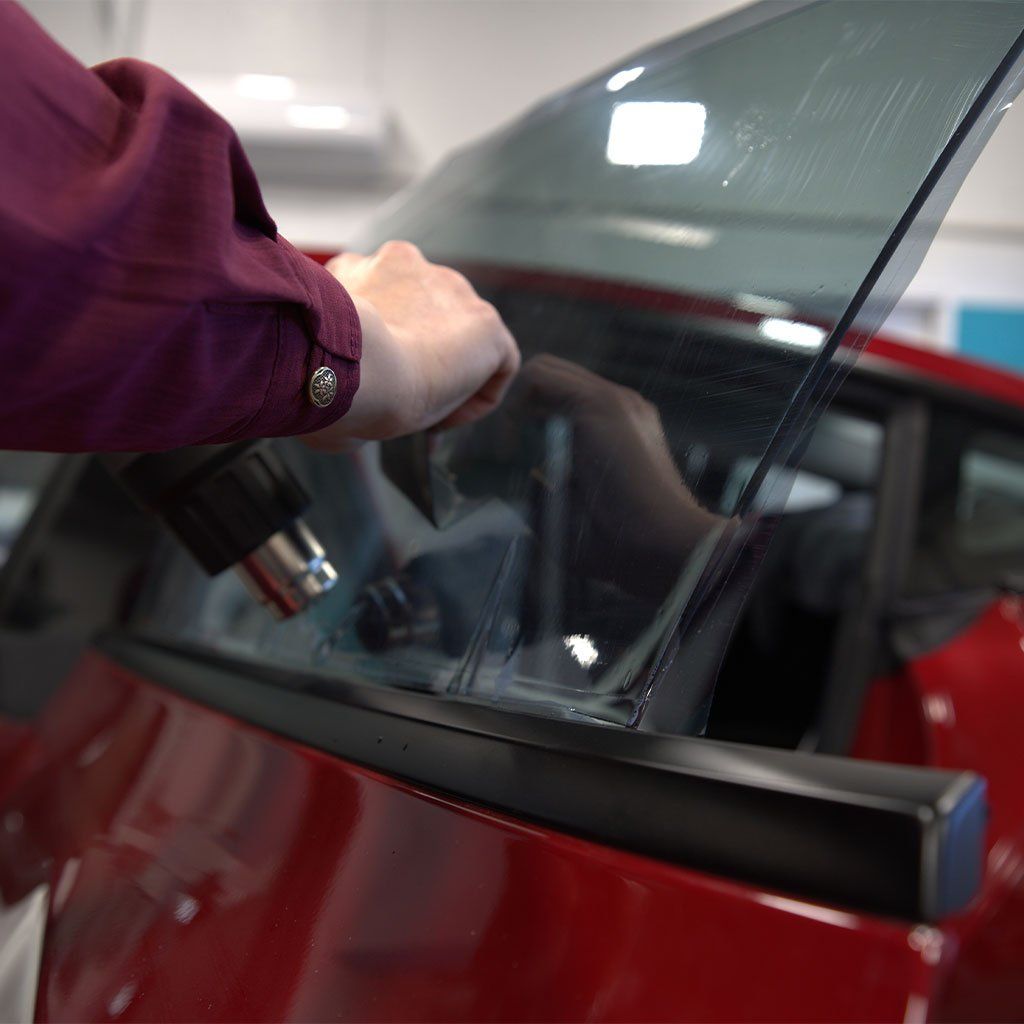Ceramic Coating vs. Traditional Wax: A Complete Comparison for Better Protection
CALL (435) 383-8663
A revolution in automotive protection has hit the tracks with full force: ceramic coating. Why are car enthusiasts worldwide swapping their traditional wax for this new tech-savvy alternative? Journey with us as we evaluate the pros and cons of both car ceramic coating and traditional wax, dissecting their performance, longevity, cost-effectiveness and more. By the end of this comparison guide, you will be well-equipped to keep your cherished ride gleaming and well-protected against the elements.
Ceramic coating for cars offers several advantages over traditional wax. It provides long-lasting protection, typically lasting for several years or more, compared to the lifespan of wax coatings. Ceramic coatings are more durable, offering better protection against environmental hazards and UV radiation. They are also hydrophobic, repelling water and stains, while wax makes it easier for pollutants to stick to the surface. Although ceramic coatings may require more effort to apply and remove compared to wax, they offer better value due to their durability and increased protection.
Protection Comparison: Wax vs. Ceramic Coating
When it comes to car detailing, wax has been a popular go-to solution for many years. It's affordable and readily available, but its effectiveness has been limited. On the other hand, ceramic coatings offer a higher level of protection and reliability when it comes to the long-term preservation of your vehicle's exterior. So let's take a closer look at the protection comparison between traditional wax and ceramic coatings.
Glossy Shine and Depth
One crucial factor that car enthusiasts seek is the aesthetic value of their vehicle's exterior finish. Wax is known to create an excellent glossy shine that provides a warm glow to your vehicle's paint while adding depth to its colors. Ceramic coatings, on the other hand, provide a unique feature called hydrophobicity, which repels water droplets more effectively than wax. This creates what is commonly known as "self-cleaning" abilities. As for creating a deep gloss finish, most ceramic coatings have formulations that enhance glossiness and add depth by magnifying the colors underneath the coating.
When applied correctly, ceramic coatings create a glass-like protective barrier that makes cleaning easier and maintains a shiny finish without requiring as much frequent reapplication and washing as compared to waxed surfaces.
Longevity and Durability
Car owners, enthusiasts, and detailers alike know that waxing a car can only protect it for so long. Most traditional waxes provide protection for three to six months, depending on how often you use your vehicle and the environmental conditions it is exposed to. However, ceramic coating for vehicles offers better longevity compared to other protective options. A typical application of this coating can last anywhere from one to five years (with some up to 10) before requiring reapplication. The durability of ceramic coatings can also not be overstated, as they are highly resistant to environmental and chemical contaminants.
Choosing the Right Option: Factors to Consider
When it comes to choosing between these two options for safeguarding your vehicle's exterior surface, several essential factors need to be considered.
The ease of application significantly differs between these two solutions. While traditional waxes are relatively easy to apply, ceramic coatings require professional knowledge and skill in their application. The latter involves several steps, such as decontamination, cleaning or polishing, and surface preparation, before finally applying the coating itself. Additionally, while ceramic coatings offer a more extended period of protection, they require much higher initial costs than regular waxing. With that said, however, it is important to bear in mind that frequent waxing over time eventually adds up the cost considerably, with some high-end waxes costing over $100 per bottle and needing to be reapplied every few months. This makes ceramic coatings a good choice, as they last for years with proper care and maintenance.
In terms of surface gloss and depth of shine, both options are impressive; however, ceramic coatings produce a deeper shine and a more vibrant color pop than wax finishes. Lastly, consider your willingness, as a car owner, to spend time detailing and maintaining your vehicle. Though ceramic coatings provide better durability, they require proper maintenance routines, such as hand-washing only with pH-neutral soap. However, with their hydrophobic properties, washing cars can now be easier with a ceramic coating.
Material and Application Cost
When it comes to coating your car, ceramic coating might come across as more expensive at first glance. In most cases, the initial cost of a ceramic coating service is pricier than wax. Ceramic coatings are made up of liquid polymers fortified with ceramic particles. The material has better adhesion and hydrophobic properties, which make your car resistant to UV rays, pollutants, and other environmental contaminants, protecting it for an extended period of time.
Wax coatings, on the flip side, are easier and cheaper to apply but do not last long—approximately six weeks. They also offer less resistance to environmental and chemical hazards. It's essential to note that ceramic coatings offer value for your money since they last longer—sometimes several years without reapplication. This, compared to wax coatings, means not having to spend frequently on applications or maintenance.
Climate-Specific Performance
Different geographical locations experience varying temperatures and weather patterns throughout the year. For instance, some countries may experience hot summers while others have relatively mild ones but face harsh winters with snow and sleet. Ceramic coatings can tolerate high temperatures, allowing them to maintain their protection against heat-induced fading and cracking for an extended period. Thus making it suitable for hot summers and tropical areas.
In contrast, wax coatings generally perform poorly when exposed to high temperatures since they melt away quickly. Wax also attracts debris, which, combined with high humidity, can lead to pollutants sticking to surfaces and etching paintwork. That said, always ensure that whichever option you choose suits your particular situation and environment.
Evaluating UV and Water Repellent Properties
UV rays, dust, road salt, bird droppings, and water damage are just a few of the harmful substances a car's paint is exposed to regularly. Protection from these elements requires evaluating the UV and water repellent properties of different solutions before application. Ceramic coatings offer better protection than wax in this regard.
Ceramic coatings consist of silicon dioxide that creates a layer of protection harder than a car's original clear coat. It effectively shields against UV rays' harmful effects and prevents contamination by causing water to bead up on the surface instead of bonding with the paint. You also benefit from glossier paint compared to wax. In comparison, traditional wax offers good protection against oxidation and fading but does very little against UV radiation. While wax can provide some degree of water resistance, its durability is limited when exposed to heavy rains or repeated washing.
Ease of Application and Maintenance
Applying ceramic coatings requires more effort than wax application since it involves multi-step processes that may take several hours. Moreover, even slight deviations in preparation, like insufficient cleaning or poor buffing, can make the whole process redundant. Yet, once applied correctly, ceramic coatings don't need reapplication for at least two years. In contrast, waxing is less time-consuming.
However, the life span of wax is substantially shorter, requiring reapplication every 3 to 6 months compared to ceramic coatings that have been shown not to require reapplication for up to five years (or longer). Another advantage that ceramic coating has over traditional waxing in terms of maintenance is its self-cleaning attributes due to its water resistance. This means it repels stains that can be easily wiped off with water and soap, making it a low-maintenance solution. Ultimately, the choice between ceramic coating and wax comes down to individual preference, lifestyle, and budget. The experts at TekShine recommend a ceramic coating for the ultimate protection of your vehicle!
Trusted Ceramic Coating Service in Cedar City, Utah
Revitalize and protect your vehicle with TekShine, your
trusted source for ceramic coating services in Cedar City, Utah. Our expert team employs cutting-edge technology to ensure your car's exterior maintains a lasting brilliance while shielding it from the harsh elements. Experience unparalleled gloss, enhanced durability, and easy maintenance with our premium ceramic coatings. Elevate your car's aesthetics and safeguard its paint for years to come. Don't miss out on the opportunity to give your vehicle the ultimate protection it deserves. Choose TekShine for a superior ceramic coating service that stands the test of time. Schedule your appointment now and let your car shine with confidence on every road!
